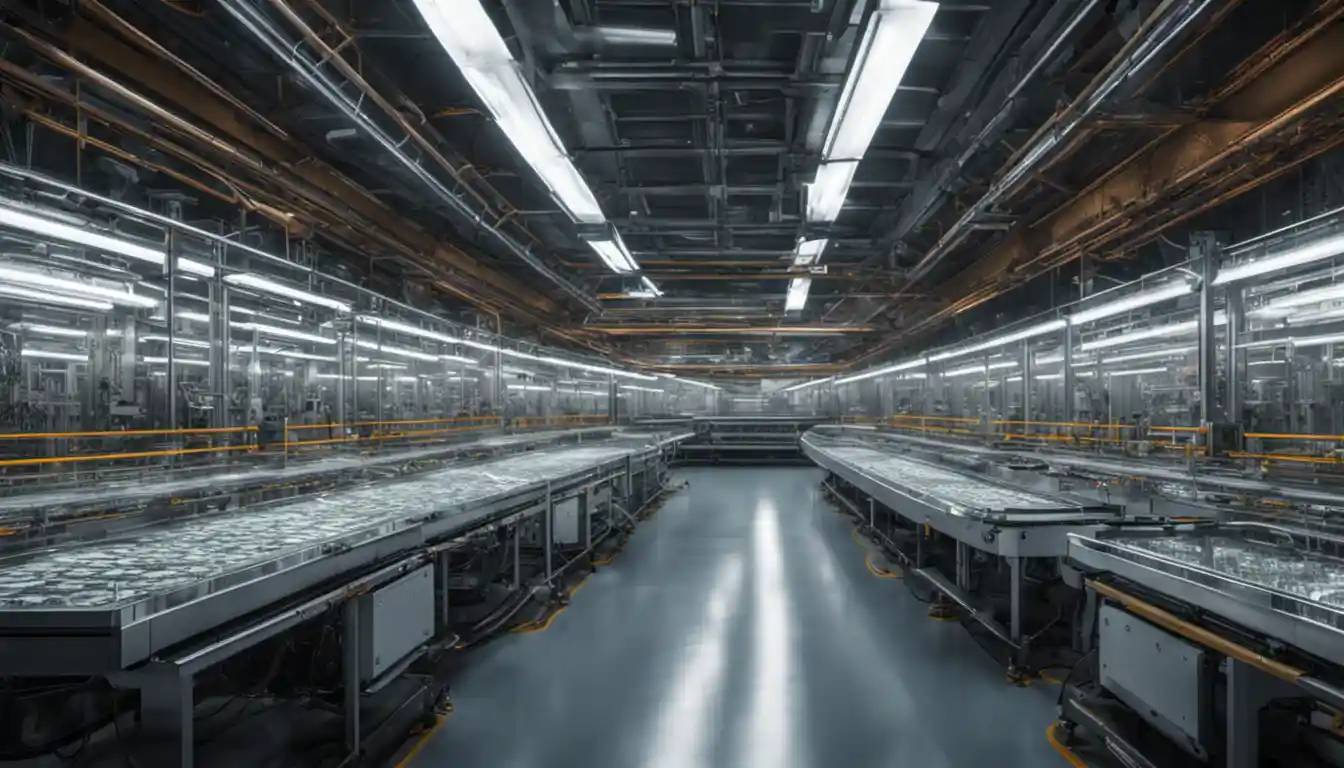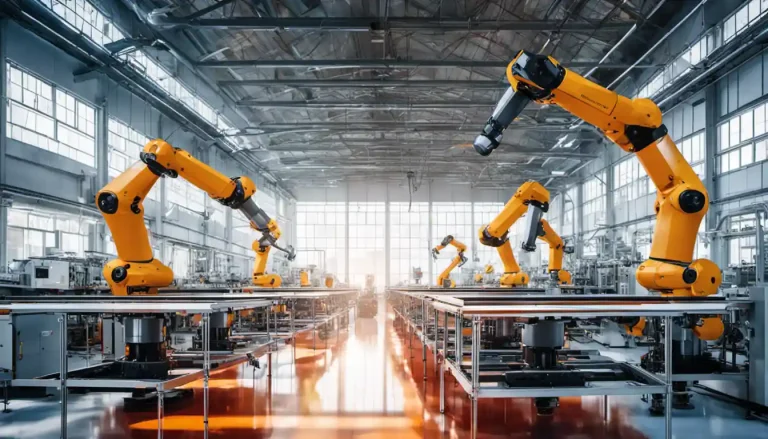Introduction to Solar Panel Manufacturing
Solar panel manufacturing is the process of producing photovoltaic (PV) panels used to capture energy from the sun and convert it into usable electricity. This involves assembling components including solar cells, a frame, and a glass covering. The process requires advanced technology and expertise in semiconductor and PV cell production.
Understanding solar energy production and solar panel manufacturing are essential, more so considering the urgency global warming is presenting. The solar industry is not just about harnessing the sunlight; it revolves around creating reliable, efficient, and cost-effective methods of turning it into usable energy. The United States is known for its robust solar manufacturing sector, with many leading solar companies calling it home.
Understanding Solar Energy
Solar energy refers to the power that we derive from the sun. It’s an infinite resource that’s cleaner and more sustainable than fossil fuel-based energy, such as coal and oil. At the heart of solar energy production lies solar photovoltaic (PV) manufacturing.
Photovoltaic refers to the process of converting sunlight directly into electricity, harnessing photons (units of light) to generate voltage. PV modules are the primary components in a solar panel, converting light directly to electricity. There are two primary types: Silicon PV and Thin Film PV.
See also: Carbon Footprint of Solar Panel Manufacturing: Unmasking the Environmental Impact
Solar Panel Components

Solar panel manufacturing begins with understanding what goes into a panel. The main raw materials are glass, polymers for encapsulation, aluminum for the frame, silicon for the cells, and silver and copper for the conductors.
The PV cell manufacturing process involves either creating a silicon PV cell, which uses silicon, typically monocrystalline or polycrystalline. On the other hand, the thin film PV process involves depositing one or more thin layers of PV material on a substrate such as glass, plastic, or metal.
Solar Panel Manufacturing Process
Solar panel manufacturing starts with float glass, which forms the basis for the panels. Then, a transparent conductive layer, typically composed of tin oxide or zinc oxide, is deposited onto the glass. This is followed by the photovoltaic absorber material deposition, typically made from silicon, or in the case of thin film, a material like Cadmium Telluride (CdTe) or Copper Indium Gallium Selenide (CIGS) is used.
Then, this layered material goes through a process called laser scribing, which creates a pathway for electrical current.
See also: How Are Solar Cells Made? A Complete Guide To Solar Panel Production
Steps in Solar Panel Manufacturing

Solar panel manufacturing in detail comprises various procedures, moving from materials to the finished product.
Starting with silicon chunks, they are melted and cut into square pieces known as wafers. These wafers are then treated to form a light-absorbing semiconductor material, marking the birth of a solar cell.
The freshly baked cells are then arranged into a grid-like structure and interconnected through an electrical pathway. This assembled structure is then enclosed and sealed into a glass framework, forming a solar panel.
After this, the panels go through rigorous quality assurance to make sure they meet the production standards and can generate the expected amount of electricity.
See also: How to Make a Homemade Solar Panel: A Comprehensive DIY Guide
Ensuring Quality In Solar Panel Manufacturing
Quality assurance in solar panel manufacturing takes place in various stages. Stringent tests are undertaken on the solar cells, and even after the panels are completely assembled, they are subjected to strict quality control to ensure efficiency and durability.
See also: How to Make a Solar Panel with Aluminum Foil: A Comprehensive DIY Guide
Power Electronics and Racking Systems

In solar panel manufacturing, the role of power electronics can’t be stressed enough. They play a crucial part in controlling and converting the generated electricity into a usable form and directing where it should flow.
Racking systems, on the other hand, are used to support the solar panels on roofs or the ground. They provide the necessary orientation and tilt angle to maximize solar radiation capture.
See also: How to Make a Solar Cell: A Step-by-Step Guide for DIY Solar Power
Solar Energy Technologies Office’s Role in Solar Manufacturing
The U.S. Solar Energy Technologies Office (SETO) plays a pivotal role in accelerating the research and development of advanced solar technologies. Acting in unison with industry leaders, manufacturers, academicians, and other stakeholders, SETO aims to reduce the overall cost of solar energy and improve the sector’s efficiency and reliability.
Conclusion: The Future of Solar Manufacturing
The future of solar manufacturing holds incredible potential. Advances in technology continue to unearth new, more efficient solar panel manufacturing processes, reducing costs, and enhancing the efficiency of the finalized solar panels.
Sure, you might ask just how much coal or oil is needed to make a solar panel, and I would say it’s a fraction of what’s needed in conventional energy production. In fact, check out these pages on how much coal it takes to make a solar panel and how much oil it takes to make a solar panel for a more detailed insight.
Solar panel manufacturing is a fascinating process, combining engineering, science, and a passion for sustainable energy. Joining this industry signifies joining a movement towards a cleaner, sustainable future – a task any of us can feel proud to partake in. If you crave to know more about the energy involved in making a solar panel, this in-depth post should be your next stop.



